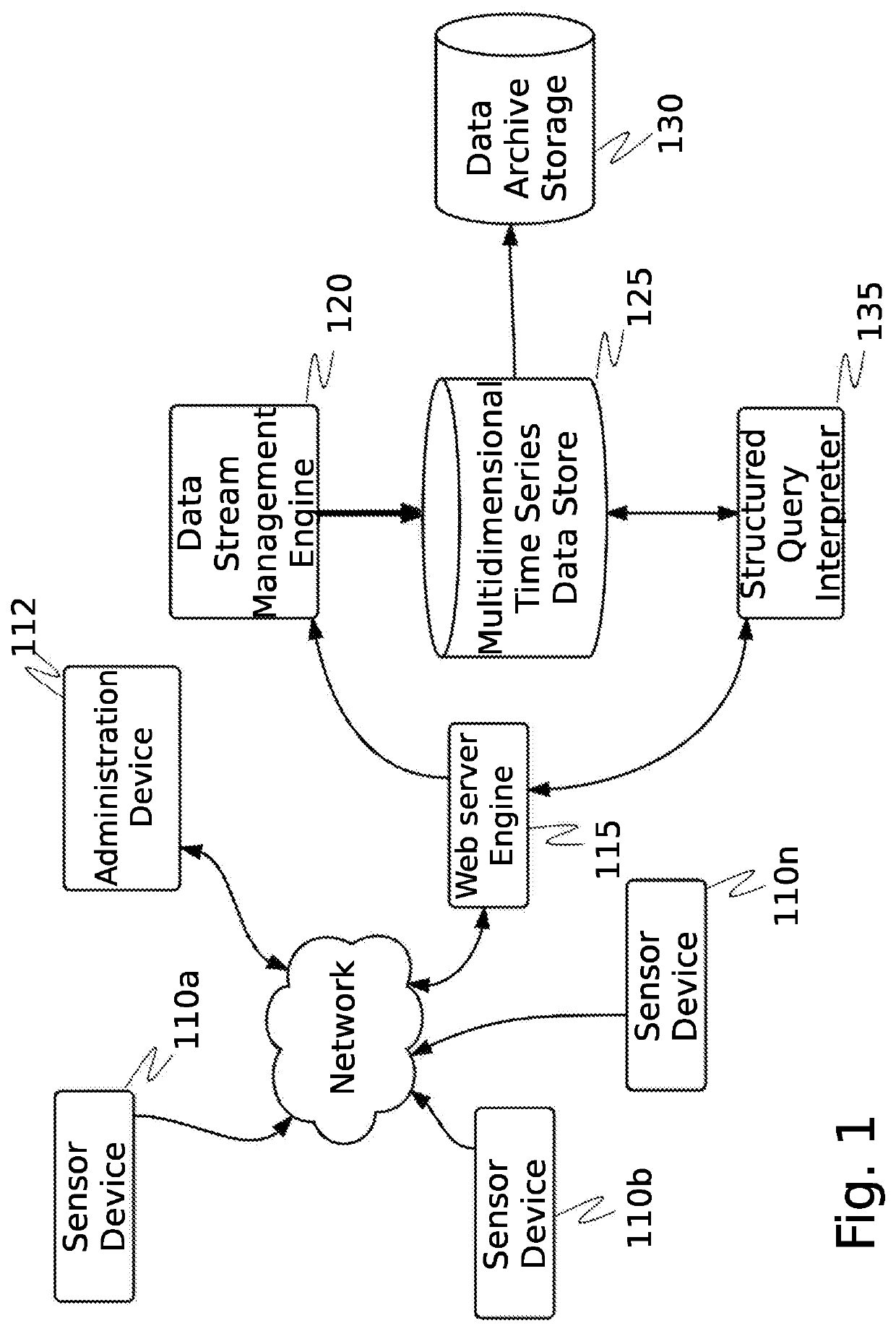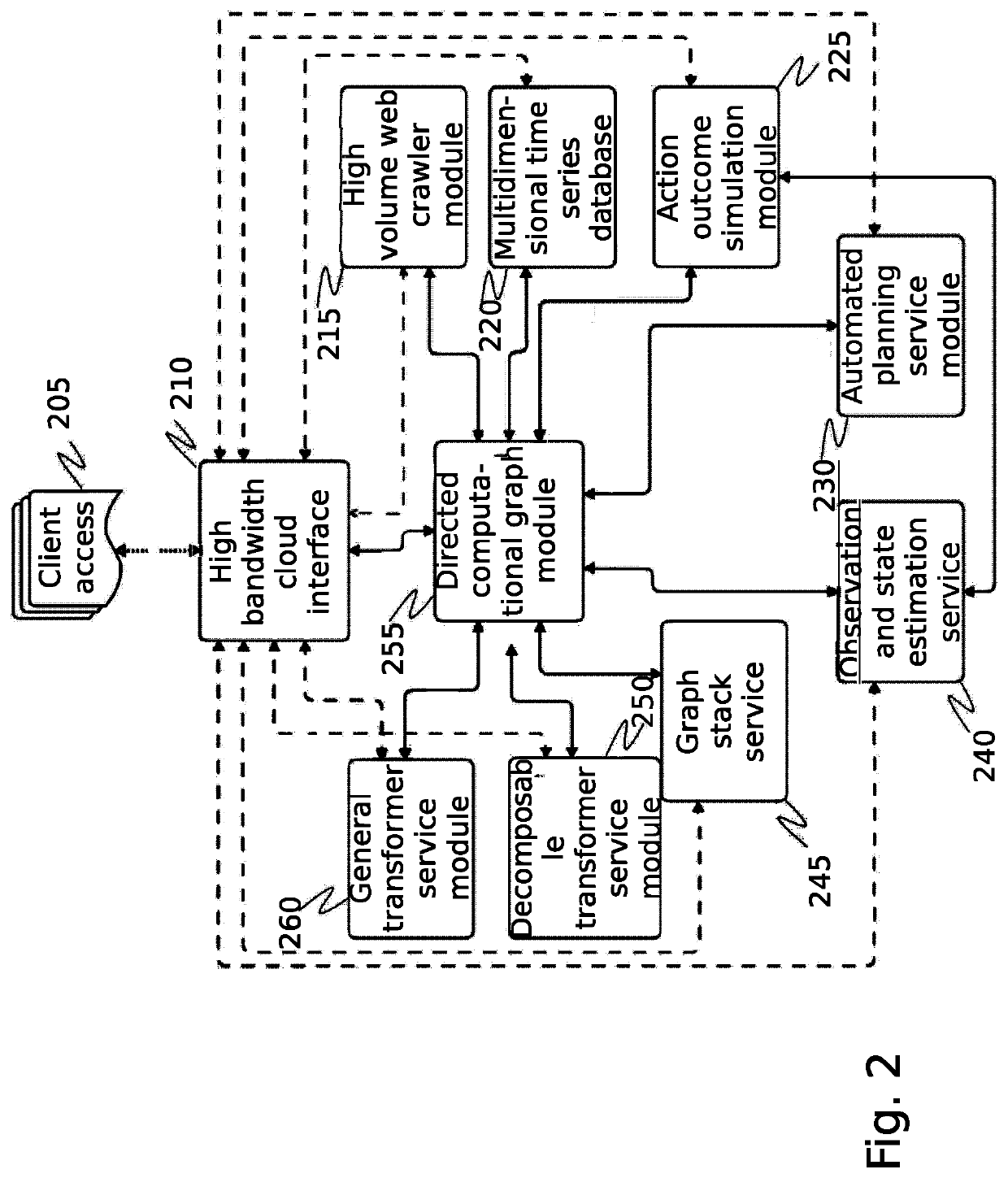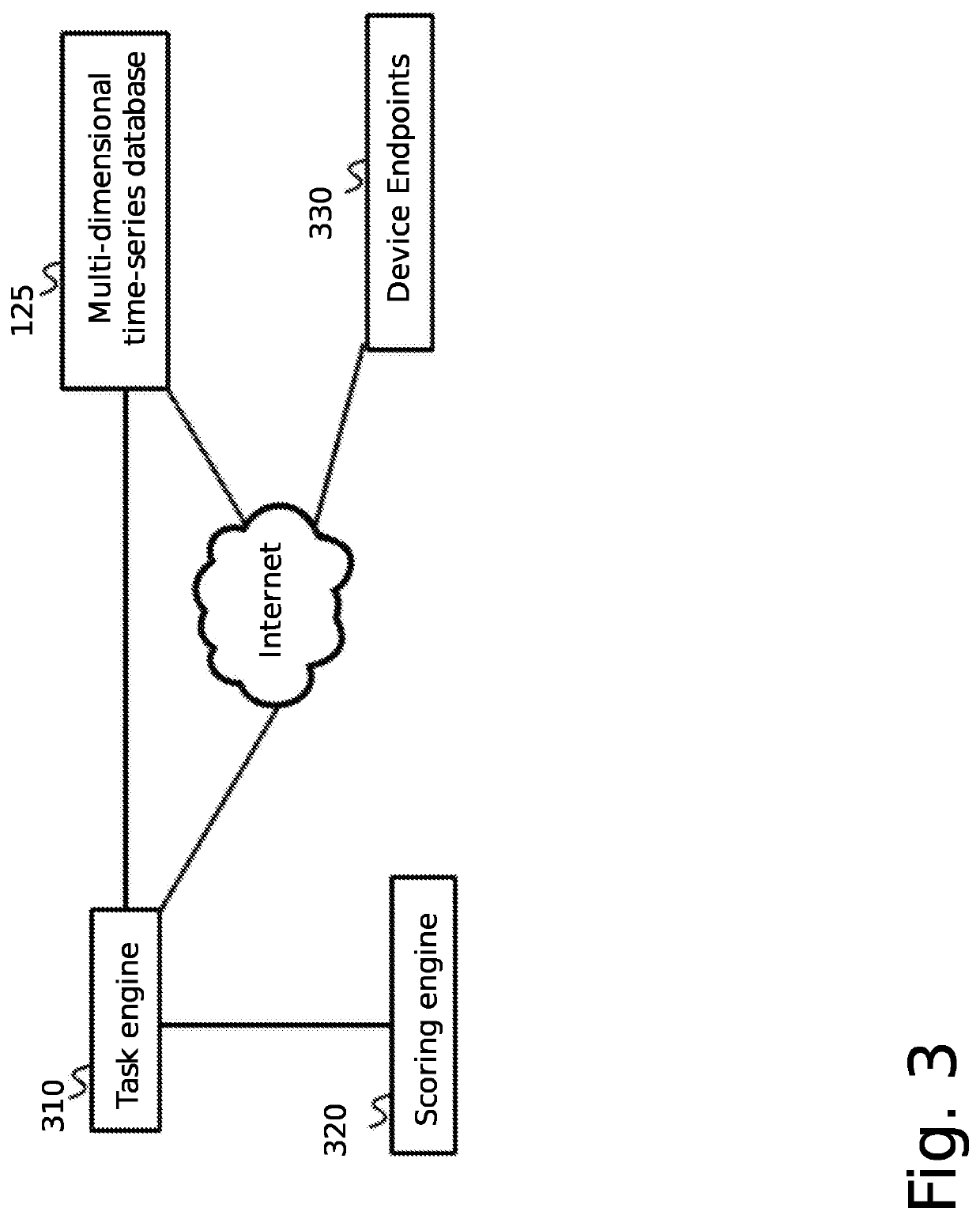Collaborative database and reputation management in adversarial information environments
a reputation management and database technology, applied in the field of collaborative database and reputation management in adversarial information environments, can solve the problems of insufficient equivalents for new and ever evolving risks including cybersecurity and business continuity, insufficient and potentially dangerous ways of characterizing entities, and almost no treatment of either contextual values or hypothetical histories, so as to facilitate improved data organization and search capability, and facilitate transactional behavior
- Summary
- Abstract
- Description
- Claims
- Application Information
AI Technical Summary
Benefits of technology
Problems solved by technology
Method used
Image
Examples
Embodiment Construction
[0045]The inventor has conceived and reduced to practice a system and method for the contextualization and management of collaborative databases in an adversarial information environment. The system and method feature the ability to scan for, ingest and process, and then use relational, wide column, and graph stores for capturing entity data, their relationships, and actions associated with them. Furthermore, meta-data is gathered and linked to the ingested data, which provides a broader contextual view of the environment leading up to and during an event of interest. The gathered data and meta-data is used to manage the reputation of the contributing data sources. The system links each successive data set, algorithm, or meta-data which might pertain to its unique identification and to its ultimate reputation, utility, or fitness for purpose.
[0046]The purpose of the system is to provide scalable access to a plurality of network flow data sources and data partners in a collaborative ...
PUM
 Login to View More
Login to View More Abstract
Description
Claims
Application Information
 Login to View More
Login to View More - R&D
- Intellectual Property
- Life Sciences
- Materials
- Tech Scout
- Unparalleled Data Quality
- Higher Quality Content
- 60% Fewer Hallucinations
Browse by: Latest US Patents, China's latest patents, Technical Efficacy Thesaurus, Application Domain, Technology Topic, Popular Technical Reports.
© 2025 PatSnap. All rights reserved.Legal|Privacy policy|Modern Slavery Act Transparency Statement|Sitemap|About US| Contact US: help@patsnap.com



